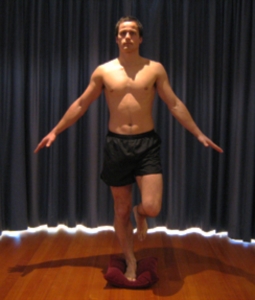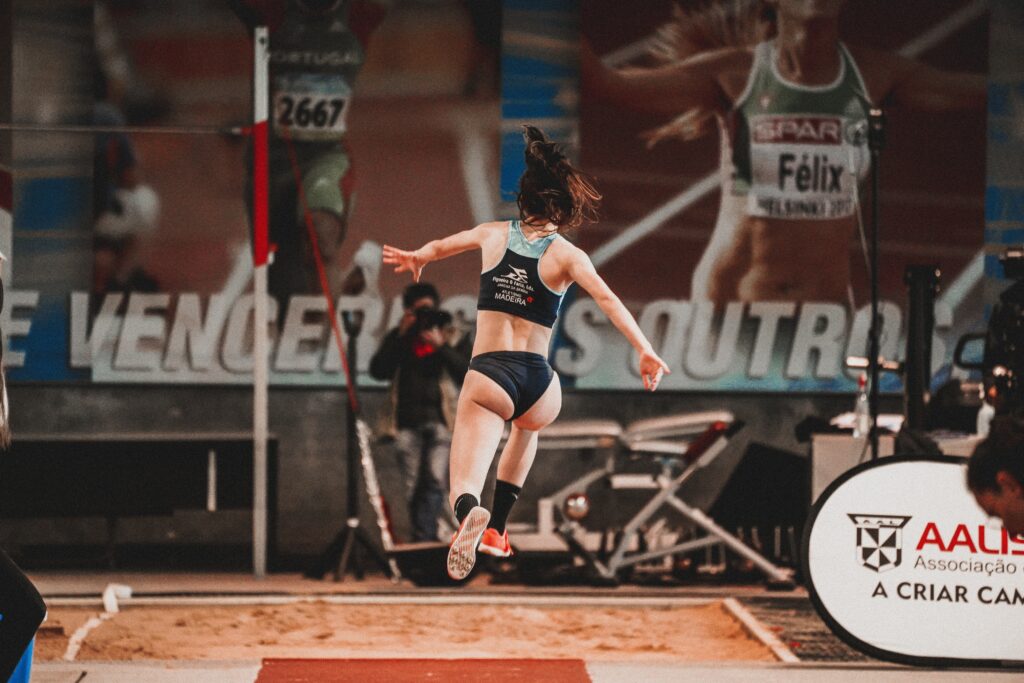A client / patient recently contacted me because he had been diagnosed with knee osteoarthritis (OA)
I thought I’d share with you the process that I went through with him and the exercise intervention.
He’d had a scan and been told by his consultant that his knee was in bad shape, particularly on the outer side and that it was basically a matter of time before he’d need a knee replacement. Full stop. This chap is 60 years old, swims 3 times per week, is very active (when able) and has a BMI of 22.9 – so not your typical overweight sedentary knee replacement patient. What’s more remarkable (or not if you understand the NHS) is that at no point was he offered exercise support. He himself recognised that his muscles had wasted and thought that there must be something he could do to build them back up, which he thought would help his function and prolong the need for a joint replacement.
He was absolutely right, but what a shame that he didn’t receive this information, let alone support, from his medical team. When I saw him he was on his 3rd steroid injection to limit the pain and enable him to walk, his thigh muscles, on both legs were significantly atrophied and were especially weak on the affected limb and he was desperate not to have a knee replacement.
The programme
This is what I did with him (mindful of the importance of warm-up and cool down with this population.)
- Strength tested his knee extension. He did this himself at the gym. He could lift 5kg only on his affected side for 6reps and double this weight on the opposite side
- Assessed his pain and function, including the WHO; WHAT; WHEN; WHY method (sign up here for the cheatsheet)
- Developed a progressive muscle strengthening programme for his knee musculature
- Included a range of muscle endurance exercises for his external hip rotators to help control his knee valgus
- And a simple progressive proprioception programme to build up his poor balance and control
- Gave him a home-based and gym-based programme, the former included the endurance and proprioception exercises
Example Strength Exercises, Phase 1
- Knee Extensions
- Knee Flexions (hamstring curls)
- Hip Abductions
- Hip Abductions
3 x 10 Reps, 2 mins rest, performed single leg where possible, < 4/10 on a 0-10 pain scale (0 = no pain; 10 = worst pain imaginable)
Because this client is not used to resistance training and he has end-stage OA, I started at a higher RM range with him.
10 RM is approaching the muscle ‘endurance’ end of the continuum, but because this client is a novice to resistance training, strength gains will be made in these initial weeks, however, these will plateau; Phase 2 will build up to 3-5 RM, symptom dependent.
Example Muscle Endurance, Hip Control Exercises, Phase 1

- Clams
- Lying Straight Leg Hip Abductions
- Straight Leg Raises
- Mini Chair Squats (focus on knee control)
Instructions as above re reps sets etc.
Example Proprioception Exercises

- Single Leg balance
- Single Leg balance Eyes Closed
- Single Leg balance, Stood on a Cushion/2
etc.
30 seconds, gradually increasing the difficulty by progressions above. Keeping the foot and knee pointed forward as able.
Additional Things
I also fitted him with an Ossur unloader brace; these are fantastic devices that reduce the load on the degenerated side of the knee. This reduces pain and enables your exercise/rehab interventions to be more effective. He wears this brace whenever he wishes, all day if needed and particularly prior to commencing activities that would bring about pain. He therefore wears it during exercise.
Oh, and I also discouraged him from swimming breast stroke as this adds a rotational stress on the joint that may exacerbate his symptoms.
 Outcome
Outcome
So, he’s two weeks into the programme and is progressing really well. At this stage, there’s little to objectively report on strength and function, but subjectively he reports feeling stronger and that his balance and stability is better. Importantly his mind set has changed and he sees the great potential that the training could offer to delay the need for a knee replacement.
I’ll report back in a few weeks with an update on his progress.
If you’re a fitness professional and you’d like to lean more about injury, rehabilitation and how to manage the injured client, click here for our expanding range of courses and check out the backlog of news items for more information, tips and videos.



